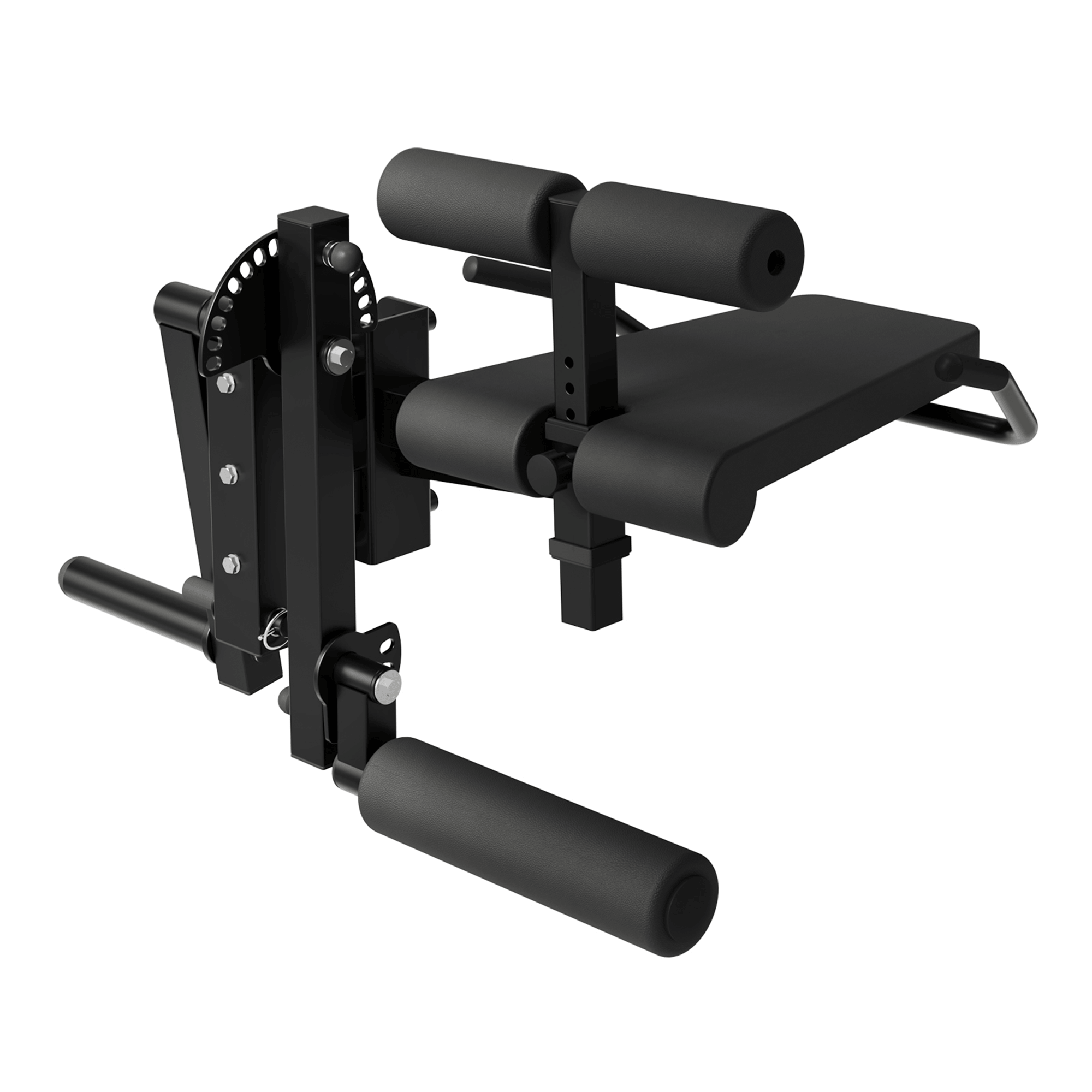The incline bench press is a staple for developing the upper portion of the chest, building deltoid stability, and adding overall thickness to the upper body. Yet one of the most common and overlooked questions lifters ask is: how high should the incline bench be? Choosing the right angle can dramatically change the muscle recruitment and the quality of your training results.
The Ideal Incline for Chest Development
For most lifters, the sweet spot for an incline press lies between 30 to 45 degrees. This range shifts the emphasis to the upper chest (clavicular head of the pectoralis major) while minimizing the stress on the shoulders. At 30 degrees, you get the best blend of upper chest activation with minimal anterior deltoid takeover. At 45 degrees, the shoulders play a larger role, which can be helpful if you're aiming to involve more front delt recruitment, but less ideal if upper chest is your main target.
Going beyond 50 degrees turns the movement into more of a shoulder press than a chest press. Below 20 degrees, on the other hand, you're essentially doing a flat bench with minor elevation — not enough to meaningfully activate the upper chest.
Bench Height and Setup: Get the Angle Right
If you're adjusting a commercial incline bench or using an adjustable bench in a home gym, make sure the backrest angle is within the targeted range. The seat pad should also be slightly inclined, typically around 15 degrees, to prevent sliding during the press.
When setting up, align your eyes just below the barbell when it’s racked, and ensure the bar moves in a straight path above your upper chest. Your feet should remain flat on the floor, and your lower back should maintain a natural arch. Don’t sacrifice form for angle — the setup should feel stable, controlled, and natural throughout the lift.
Where Should the Bench Be Positioned?
In a power rack or Smith machine setup, the bench should be placed so that when you unrack the bar, it doesn’t travel too far forward or backward. The bar should lower down to just below your collarbone or at the top of your sternum. If the bench is too far forward, you’ll feel off-balance and risk shoulder strain. If it’s too far back, you’ll compromise pressing power and may arch excessively to compensate.
Customizing Based on Your Goals
-
For hypertrophy-focused chest work: Aim for 30 degrees.
-
For upper-body power or shoulder development: Consider 45 degrees.
-
If shoulder discomfort is an issue: Keep the incline lower, closer to 20–30 degrees, and use dumbbells for better joint freedom.
Final Thoughts
Getting the incline bench angle right isn't just about mechanics — it's about maximizing results while protecting your shoulders and joints. Start with a conservative 30-degree angle and adjust based on your muscle activation, comfort, and goals. Small changes in bench angle can lead to big changes in upper chest growth and pressing strength.













































Leave a comment
This site is protected by hCaptcha and the hCaptcha Privacy Policy and Terms of Service apply.